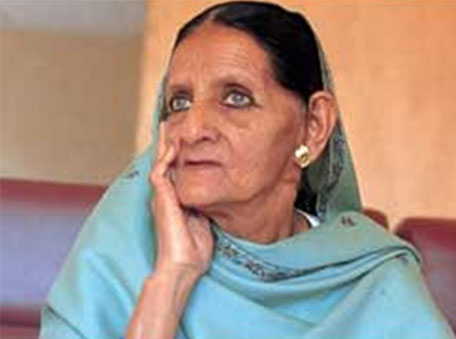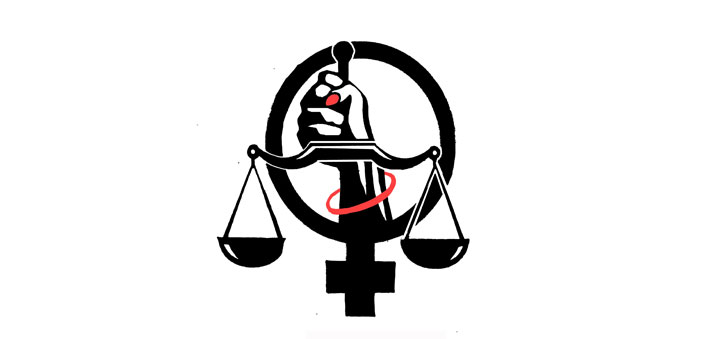The recent rape incidents in Kathua and Unnao in Jammu & Kashmir and Uttar Pradesh respectively, have once again brought the issue of women’s safety in India to the forefront. These incidents garnered global attention, albeit negative, of national and international media with some groups allegedly even donning T-shirts across the world warning women to not visit India. The Kathua rape and murder case, in particular, brought back memories of the Nirbhaya rape case and triggered widespread protests. That said, it must be noted that the Nirbhaya rape incident had led to the government bringing in swift legal reforms for victims of sexual violence and amendments in the law for crimes against women.
The evolution of the judiciary
Over the last 70-odd years, independent India has evolved and, with it, has the judiciary, judicial processes and laws, to be in-sync with the changing society. The most recent being the Triple Talaq judgment delivered by the Supreme Court (SC) in August 2017. The historic verdict on the centuries-old practice of instant talaq or talaq-e-bidaat is a gigantic step towards empowering Muslim women. The judgment, in response to plea filed by six petitioners including Shayara Bano and Ishrat Jahan, declared the practice of instant talaq as ‘unislamic’ and hence illegal, and concurrently directed the government to bring in a law to address the same. Soon after, the government introduced the bill in both the houses of the Parliament claiming the practice denied Muslim women their fundamental rights.
The Triple Talaq judgment is reminiscent of the 1978 Shah Bano case where a Muslim divorced woman, Shah Bano went to court to file a claim for maintenance for herself and her five children. The High Court gave orders for maintenance which was opposed by her husband on grounds of violation of the Muslim Personal Law (Shariat) Application Act, 1937. In 1985, the SC, in a landmark judgment, upheld the decision taking note of different personal laws not trampling upon gender equality. The-then government however decided against making a law granting the right to maintenance to a divorced Muslim woman.
The Nirbhaya rape incident and the unfurling of events by way of amendments and legislations are etched in the history of the country as major milestones. The unfortunate incident in December 2012 was followed by the appointment of a judicial committee headed by former SC Judge, J.S. Verma to suggest amendments to criminal laws dealing with sexual assault and violence under IPC, Cr PC and Indian Evidence Act. What followed was one of the most stringent steps towards protection of women against sexual crimes and the Criminal Law (Amendment) Act, 2013. The Act which came into effect on 3 February 2013, widens the ambit of some offences and recognised new sexual crimes against women such as acid attacks, sexual voyeurism, stalking, etc. Additionally, the Act identifies various manifestations of gender-based discrimination. It has a provision to award capital punishment in ‘rarest of rare cases’. It even has provisions to penalise the police for failing to register FIRs by female rape victims.
Another milestone
In yet another milestone, Indian law now allows an expectant woman to avail upto 26 weeks of paid maternity leave, among the highest in the world. The Maternity Benefit (Amendment) Act, 2017, protects the employment of women during the time of her maternity and entitles her to a ‘maternity benefit’ – i.e., full paid absence from work – to take care for her child. The Act is applicable to all establishments employing 10 or more persons. The Act has increased the duration of paid maternity leave available for women employees from the existing 12 weeks to 26 weeks. It makes crèche facility mandatory for every establishment employing 50 or more employees. Women employees would be permitted to visit the crèche four times during the day. It also made it mandatory for employers to educate women about the maternity benefits available to them at the time of their appointment.

Protection of minors from sexual abuse
The Protection of Children from Sexual Offences (POCSO) Act, 2012, was enacted to address sexual crimes such as sexual abuse, sexual exploitation against children, i.e., persons below 18 years of age. The Act ensures the healthy physical, emotional, intellectual and social development of the child. It defines, for the first time, different forms of sexual abuse, including penetrative and non-penetrative assault, as well as sexual harassment and pornography. A sexual assault is deemed to be “aggravated” under certain circumstances, such as when the abused child is mentally ill or when the abuse is committed by a person in a position of trust or authority vis-à-vis the child, like a family member, police officer, teacher, doctor, public servant, any member of the staff at a remand home, protection or observation home, jail, hospital or educational institution, or by a member of the armed or security forces. People who traffic children for sexual purposes are also punishable under the provisions relating to abetment in the Act. The Act prescribes stringent punishment graded as per the gravity of the offence, with a maximum term of rigorous imprisonment for life, and fine.
The laws for women and children have been tweaked to serve the purpose, for now. However, a truthful evaluation of the grassroots situation and changes occurring will need to be done, and processes introduced to do them regularly. Deterrence will need to be taken into consideration while framing laws to further their reach and potential. Also, there should be a well-planned strategy to boost awareness and change parochial mindsets alongside. Only then will an ‘amendment in law’ fulfil its true purpose – the spirit of the law.


 [/column]
[/column]